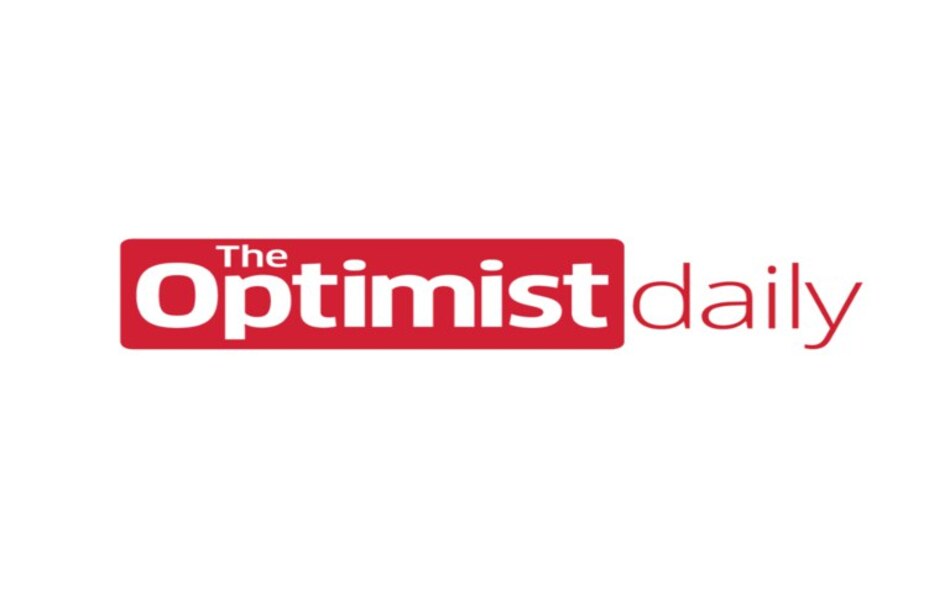The AstroAccess project has taken flight, set up to understand what more inclusive space travel looks like. 26 percent of the American population have a disability according to the CDC, though 8.4 percent of the country’s employed scientists and engineers are disabled. The point of this project is to close this gap and make careers in STEM and space more accessible.
A group of 12 ambassadors, led by disabled scientists and social workers, including students, athletes, veterans, and artists, experienced a simulated zero gravity environment. Carried out in Long Beach on October 17, the ambassadors and the AstroAccess support team boarded a specially equipped plane. When an altitude of 32,000 feet was reached, the aircraft plummeted back down to earth at four miles per second, creating a free fall period of around 30 seconds where a number of tests were carried out. The cycle of climbing and falling was repeated 15 times in order to gain sufficient results.
The ability to carry out safety tasks, such as finding and using oxygen masks, was evaluated, and communication was assessed to see if microgravity influenced American Sign Language. Movement around the area was also tested to see if sound beacons could be used as possible orientation aids for blind members.
The official sponsor of the program is The Arthur C. Clarke Center for Human Imagination at the University of California, San Diego. Dr. Erik Viirre, the director of this program said, “The whole point of this project is to demonstrate that people with disabilities are able to fly safely into space.” He served as the in-flight medical operations lead to guarantee a safe environment throughout the experiment. Virre is certainly excited about where the future of space travel may lead us. “We still have lots of things to learn about traveling in space,” he said. “Our destiny really is out there.”
This data can be used to deepen our knowledge of space travel for disabled people, helping direct us towards further inclusivity.
This story is part of our Best of 2021 series highlighting our top solutions from the year. Today we’re featuring science solutions.












